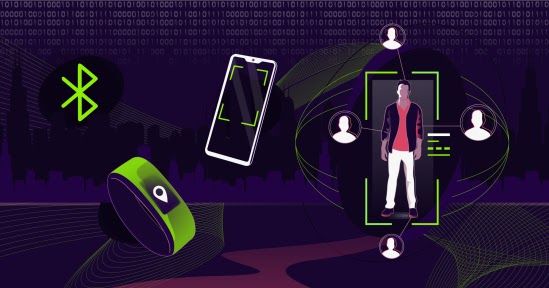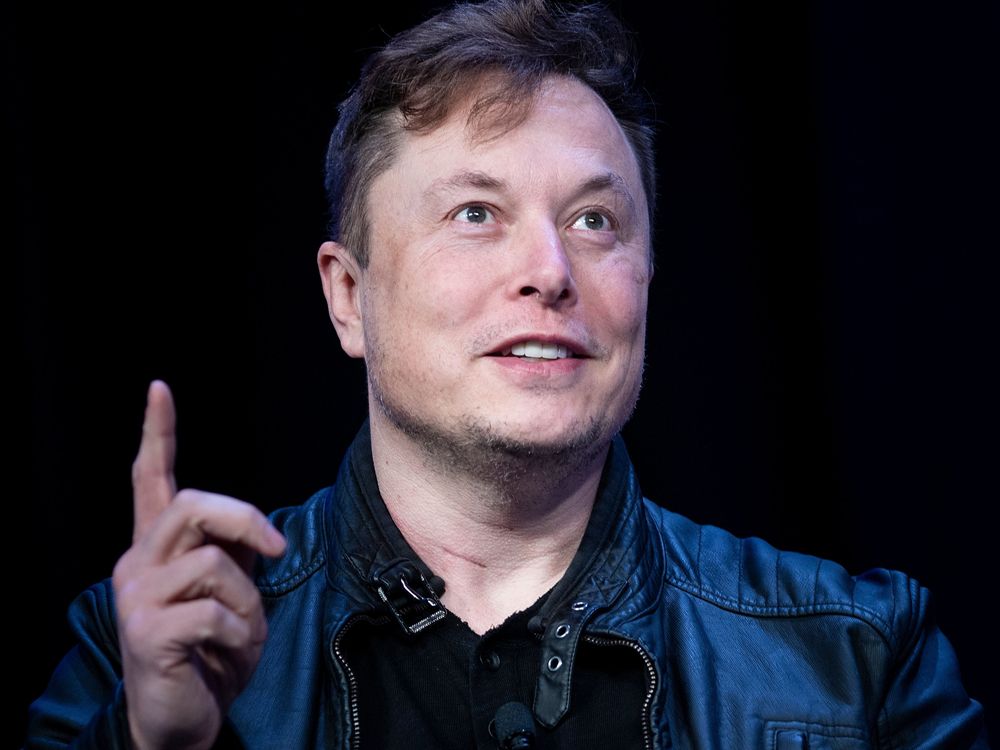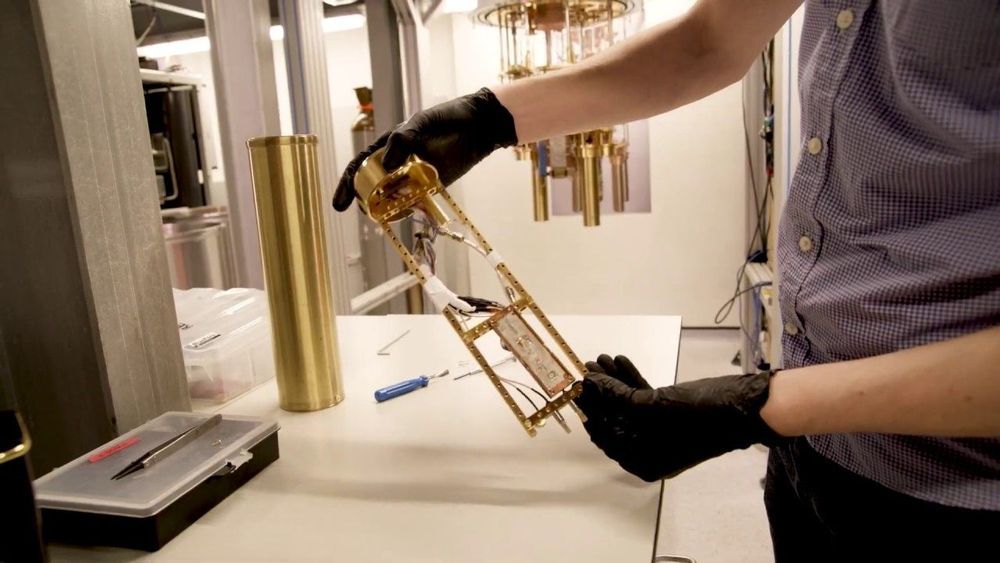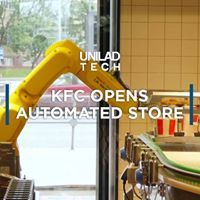Pagaya, an AI-driven institutional asset manager that focuses on fixed income and consumer credit markets, today announced it raised $102 million in equity financing. CEO Gal Krubiner said the infusion will enable Pagaya to grow its data science team, accelerate R&D, and continue its pursuit of new asset classes including real estate, auto loans, mortgages, and corporate credit.
Pagaya applies machine intelligence to securitization — the conversion of an asset (usually a loan) into marketable securities (e.g., mortgage-backed securities) that are sold to other investors — and loan collateralization. It eschews the traditional method of securitizing pools of previously assembled asset-backed securities (ABS) for a more bespoke approach, employing algorithms to compile discretionary funds for institutional investors such as pension funds, insurance companies, and banks. Pagaya selects and buys individual loans by analyzing emerging alternative asset classes, after which it assesses their risk and draws on “millions” of signals to predict their returns.
Pagaya’s data scientists can build algorithms to track activities, such as auto loans made to residents in cities and even specific neighborhoods, for instance. The company is only limited by the amount of data publicly available; on average, Pagaya looks at decades of information on borrowers and evaluates thousands of variables.









